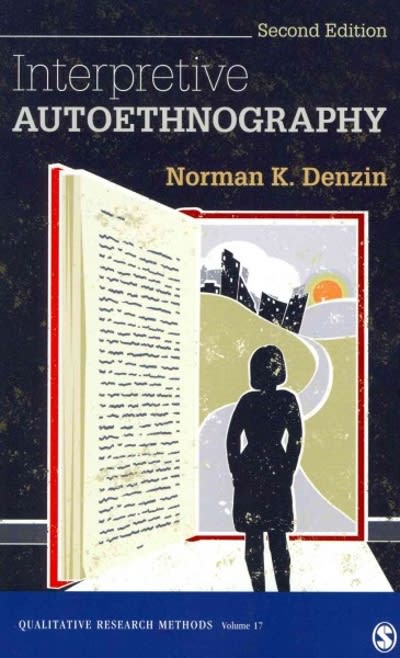Question
Domjan, M. (2014). The principles of learning and behavior . Nelson Education (141-146) ------------------------------------------------------------------------------------------------------------------------------- 1. Define adventitious (or accidental) reinforcement. 2. Define superstitious behavior. 3.
Domjan, M. (2014).The principles of learning and behavior. Nelson Education (141-146)
-------------------------------------------------------------------------------------------------------------------------------
1. Define adventitious (or accidental) reinforcement.
2. Define superstitious behavior.
3. Provide an example of a behavior that is maintained by adventitious reinforcement.
4. What is the difference between temporal contiguity and response-reinforcer contingency? Provide an example.
5. Define temporal contiguity and its relevance to Skinner's superstitious experiment.
6. Describe Skinner's superstitious experiment (procedures and findings)
7. Why the Staddon & Simmelhag (1971) provides an alternative explanation to Skinner's study on superstition.
______________________________________________________________________________
Sheehan, K. J., Van Reet, J., & Bloom, C. M. (2012). Measuring preschoolers' superstitious tendencies.Behavioural Processes,91(2), 172-176.
-------------------------------------------------------------------------------------------------------------------------------
1. How this paper improve some of the previous research in superstition with children?
2. What are the similarities between Skinner and Morse (1957) paper and Sheehan et al. (2012) paper?
3. How the superstition procedure was conducted?
4. What were the main findings/results in this study? What the authors found?
5. How the results relate to the prediction/hypotheses set out in the introduction (i.e., are they supported or not)?
6. What are the implication of these findings?
______________________________________________________________________________
Doughty, A. H., Shahan, T. A., & Lattal, K. A. (2001). Superstitious responding and reinforcement rate under concurrent variable-interval extinction schedules. Behavioural Processes, 53(3), 163-170.
-------------------------------------------------------------------------------------------------------------------------------
1. Why using concurrent VI Ext schedules are a useful strategy to study superstitious behavior?
2. How the superstition procedure was conducted?
3. What were the main findings/results in this study? What the authors found?
4. How the results relate to the prediction/hypotheses set out in the introduction (i.e., are they supported or not)?
Step by Step Solution
There are 3 Steps involved in it
Step: 1

Get Instant Access to Expert-Tailored Solutions
See step-by-step solutions with expert insights and AI powered tools for academic success
Step: 2

Step: 3

Ace Your Homework with AI
Get the answers you need in no time with our AI-driven, step-by-step assistance
Get Started


